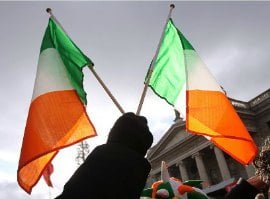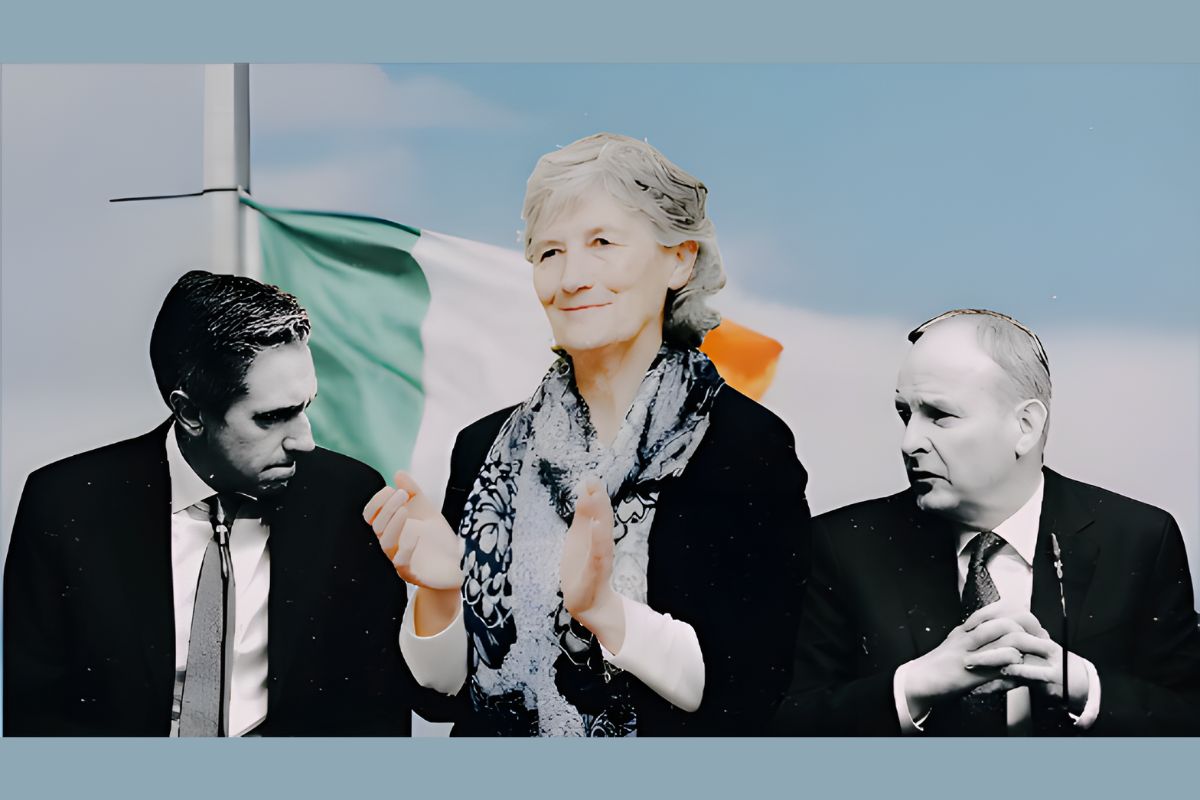Enda Kenny, Michael Noonan and Eamon Gilmore may be hoping that the Irish exit from the Troika bailout will convince the voters that the end of the economic and political crisis and particularly the crisis in the state finances might be in sight, but there is more than enough evidence in place to the contrary.
Not only did José Manuel Barroso the President of the European Commission pour cold water on the prospect of further Irish debt relief, but Gilmore himself has alluded to fears earlier this year that the impositions from the European union to the tune of €6 billion could have been enough earlier this year to force a split in the coalition. The contradictions between Labour and Fine Gael, run deep, much deeper than might appear on the surface. This is a product of the contradictions between the social base of Fine Gael and that of Labour.
While there has been much crowing over the recent figures for the third quarter of economic growth (which shows a 1% increase over the last 12 months), it is worth comparing these figures with the 6% year on year growth of the celtic tiger years. While world trade and European trade remain in the doldrums the Irish economy will continue to bounce along the bottom. One further issue of course is the fact that all the other European states are likewise competing for export markets as the workers doing overtime on the VIP entrance at Beijing airport would no doubt concur.
Ultimately the only way that the coalition can convince the speculators and the Bond Markets in 2014 and thereafter, will be to continue to turn the screw on working people. This explains the pressure on the government to force through the Haddington Road agreement, although it throws sharp relief on the failure of the ITUC leadership to defend members and combat the austerity.
The government is placing great importance on their Medium Term Economic Strategy. However, as finfacts.ie explained on 19th December:
“Enda Kenny, taoiseach, said on Tuesday at the launch of the “strategy” document that all the 330,000 jobs lost since the economic crash in 2008 will be replaced, to return employment to above 2.1m in 2020. So if we allow for jobs created in the past year, the big question is: Where will 300,000 net new jobs come from?
“When the foreign-owned internationally tradeable sector hit a peak in 2000 as a significant job creator, it was replaced with property as the jobs engine. Where is the new jobs engine?
“The ministerial jobs publicity machine with announcements spaced out each week and the media alerted for ‘door step’ interviews with Minister Richard Bruton, does work as intended by giving an impression of lots of jobs coming on stream. The reality is more somber.
“One useful Reality Check for Enda Kenny’s aspiration is to look at the period 2001-2007 with an unprecedented rise in domestic demand fuelled by rising population, incomes and credit.
“The overall workforce grew by over 400,000 while there was NO jobs growth in the internationally tradeable sectors: 10,000 jobs were added in indigenous firms while a similar number of jobs were lost in foreign-owned firms.
“The indigenous firms had an export ratio of about 40% – – meaning the majority of output was sold locally but few jobs were added. In the period 2000-2012, the headline figures show that there has been a jobless exports boom.”
Given that Irish Corporation Tax remains at a mere 12.5% it is likely that a jobless boom would continue to place the burden of state debt on the backs of the workers. So in truth whether the government borrows from the European Central Bank or the speculators the fallout will continue to drive down wages and conditions in the state and the private sectors. Once again the question of the trade union movement and its leadership will inevitably return. Whether the Croke Park deal, the Haddington Road deal or whichever deal comes next; the road to hell is full of good intentions. The real contradictions within Irish society remain.
Connolly explained that the fight for national liberation could not be separated from the struggle for socialism. The Troika might have upped sticks, but on the European Bond Markets the devil will take the hindmost. The future of the Irish economy is potentially very unstable.
This should be a wake up call to the trade union movement. We have explained many times that the ide that a “social partnership” can exist under conditions of crisis is utopian. Ultimately the Irish workers can only defend themselves from the austerity with a programme that fights every cut and every imposition.
The most active and class conscious workers would do well to read Connolly’s writings about the lockout and his work in the building of the trade unions, but his political writings and his profound understanding of the need for a socialist united Ireland also.






